Be the first to review this product
PRODUCT DETAILS
Amish Paste roma tomato seeds produce large, heavy fruit that will reward your growing efforts and your palate with the richest sauces and thickest pastes. These lovely, firm heirloom tomatoes are a culinary favourite. The deep red flesh is firm, not too juicy and the taste is a fine balance between sweet and rich. Of Amish origins circa the late 1800's, originally from Lancaster, Pennsylvania. The plants have a long growing season and will produce bountiful yields of flavourful fruit until late fall. Vines often reach over 6 feet and will require heavy staking for support.
All About Amish Paste
Difficulty
Moderately challenging
Timing
Start indoors in early spring over bottom heat. When seedlings germinate, remove from the heat and grow under bright lights. Grow seedlings on for 6-8 weeks at around 10°C (50°F). Early season tomatoes can be planted out once night time temperatures are reliably above 7°C (45°F) - or later. Other types should be transplanted out when night time lows are 10°C (50°F) or warmer - or later. Optimal soil temperature for germination: 25-35°C (68-95°F). With bottom heat seeds should germinate in 7-14 days.
Starting
Sow seeds 5mm-1cm (¼-½”) deep. Keep seedlings under very bright light to prevent legginess. You may have to pot on seedlings more than once before they go out to allow for root growth. Space bush (determinate) transplants 45-60cm (18-24″) apart and vine (indeterminate) types 50-75cm (20-30″) apart in rows 1m (3′) apart.
Days to Maturity:
From transplant date.
Growing
Ideal pH: 6.0-6.8. Tomatoes like fertile, well drained soil that is rich in organic matter. Dig in finished compost and manure, and add 1 cup balanced organic fertilizer beneath each transplant. The nutrition from heavy clay soils is excellent for tomatoes, but they are slow to warm, so transplanting should be done later. By the same token, lighter soils warm more quickly, so transplants can go out sooner. Adding glacial rock dust will supply all the calcium they will need. Regular watering is vital, but don’t let the plants sit in water. Tomatoes are tropical plants so they require full sun and lots of heat. Vine varieties will require some kind of support such as a wire to grow up, or a trellis to be tied to as the plant grows. Bush types benefit from the support of a tomato cage in order to prevent sprawling. At the time of final transplant, plants can be buried up to their first pair of true leaves. This will encourage greater root growth, helping with both nutrient uptake and the plants’ ability to stand up to dry conditions.
Stop watering around the end of July to encourage the fruit to ripen. If tomato plants are grown under cover, you can encourage pollination and fruit set by tapping the stem from time to time. Tomatoes do not rely on insects for pollination. Vibrating the plant shakes pollen loose within the flowers, which then self-pollinate.
Indeterminate tomatoes continue to grow and produce fruit until they are killed by frost. Remove any suckers (stems growing from the crotch of leaves) to keep the foliage under control, and they will set a later crop of larger fruit. Determinate varieties normally set fruit in a concentrated time period. Their suckers are not normally removed, though some trimming helps with ventilation.
Harvest
Harvest when the fruit is the desired colour. Green tomatoes can be ripened indoors at a cool temperature when they are blemish free. Very dark green tomatoes are unlikely to ripen fully.
Seed Info
At least 75% of seeds will germinate in optimal conditions. Usual seed life: 3 years.
Diseases & Pests
Blossom End Rot is an environmental disorder caused by a calcium deficiency. As the name of the disorder indicates it occurs at the blossom end of the fruit. It appears as a brownish dry and firm sunken area. Sometimes a secondary infection can occur at the damaged area, which turns it mushy and wet. Internal blackening can occur without the characteristic end rot. Calcium deficiency can happen when there is uneven watering. When the plants are too dry for a period followed by over watering, this encourages fast growth. The tomato plant can’t take up enough calcium resulting in an unbalanced potassium-to-calcium ratio. Early fruit show the affects sooner than later fruit. Digging in bonemeal, dolomite lime and a balanced organic fertilizer such as Gaia All Purpose Blend 4-4-4 will help prevent this disease as will an even and regular watering schedule.
Prevention of Late Blight:
Late blight overwinters in tomato and potato debris. Do not plant in a bed used to grow tomatoes or potatoes last year, and dispose of diseased plants in the garbage not the compost. Copper spray can prevent the fungus from infecting the plant. Plants must be sprayed every 7-10 days before any symptoms appear. Blight strikes in the rains of late summer, so choose at least one variety that will ripen before the deluge. The best advice we can offer to avoid blight is to grow early ripening bush varieties and to protect your vines carefully.
Companion Planting
Another sensitive plant when it comes to companions, tomatoes benefit from asparagus, basil, beans, borage, carrots, celery, chives, collards, cucumber, garlic, lettuce, marigold, mint, nasturtium, onion, parsley, and peppers. Avoid planting alongside Brassicas and dill. Corn will attract tomato pests, and kohlrabi will stunt tomatoes’ growth. Potatoes may spread blight to tomatoes, so keep them apart. Do no plant tomatoes near walnut trees.
| Brand | West Coast Seeds |
|---|---|
| Manufacturer Part Number | TM784A |
| UPC | 687704003010 |
| Family | Tomatoes |
| Group | Roma - vine |
| Days to Maturity | 70-75 |
| Certified Organic | No |
| Heirloom | No |
| Open Pollinated | Yes |
| Hybrid | No |
| Pack Options | A pack |
| Package Language | English |
| Shipping Type | Seeds |





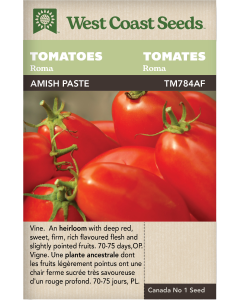
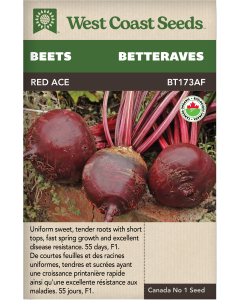
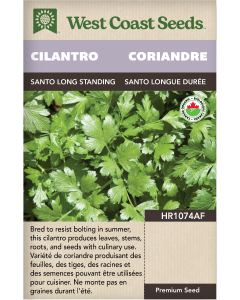




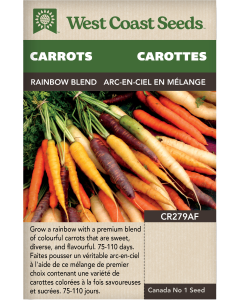
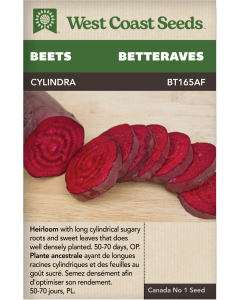
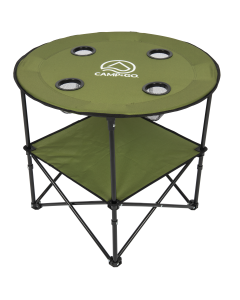
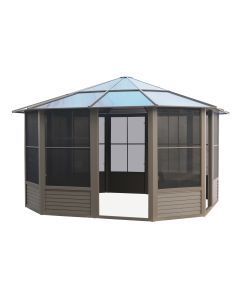
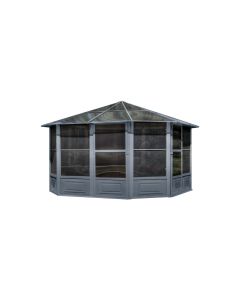
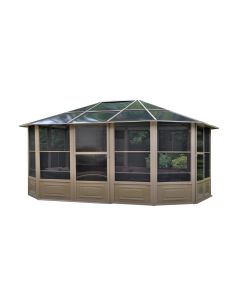
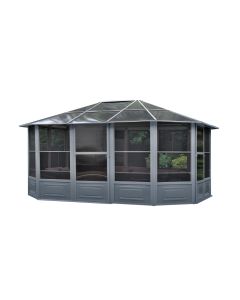
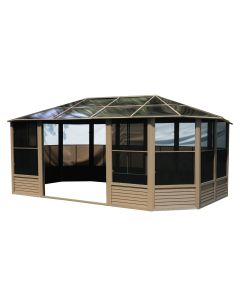
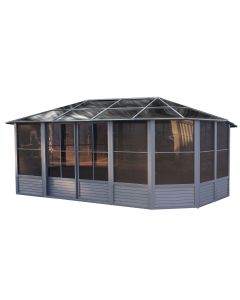
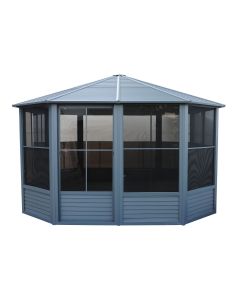
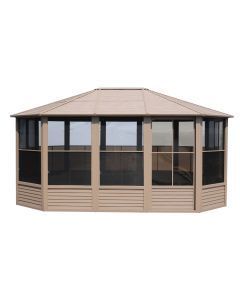



Login and Registration Form